Using a Simple Tool to Tell You a Lot About Your Engine’s Health. Whether you’re diagnosing a misfire in your vintage AMC 304 equipped Jeep CJ-5, checking on a tired 360 in a Jeep Wagoneer, or just curious about the health of that 401 you pulled from a junkyard Javelin, compression testing an AMC V8 is a quick way to get valuable insight. It’s not glamorous. It won’t make your Jeep faster. But it will tell you if it’s time to rebuild or if your issue lies somewhere other than in the block.
Here’s how to do it and what the numbers mean.
What You’ll Need:
- A compression tester – ours is vintage along with the Jeep but it still works
- A fully charged battery
- Spark plug socket and ratchet
- Something to document the numbers
- Optional but helpful: Throttle prop, remote starter switch or a friend who doesn’t mind turning the key
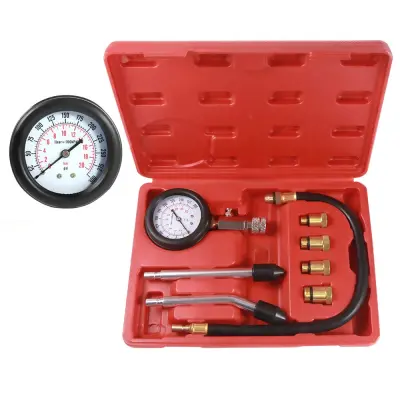
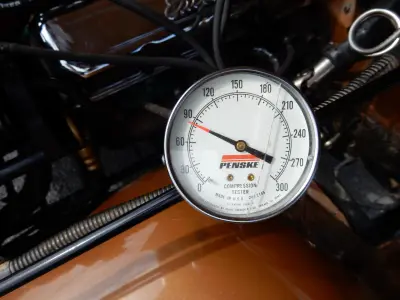
Step 1: Warm It Up if Possible
If possible run the engine until it’s at operating temperature. You want everything expanded and seated like it would be under normal use. Testing cold will likely give lower numbers but it can still point out a potential problem.
Step 2: Disable Fuel and Spark
You don’t want the engine firing while you’re working or random sparks flying. For older Jeeps with a distributor and mechanical fuel pump, just pull the coil wire and disconnect the fuel line or pull the fuel pump fuse if it’s electric. For EFI setups pull the fuel pump relay and coil connection.
Step 3: Remove All Spark Plugs
It’s best to remove all eight plugs. You want the engine to spin evenly without compression building up in each cylinder. If the engine hasn’t run in a while use compressed air to blow out plug wells first if they’re full of debris, wasp nests, or whatever else time has gifted you.
Step 4: Thread In the Gauge
Start at cylinder #1 (front-left on AMC V8s) and thread the compression tester in by hand. Make sure it’s seated snugly. Don’t cross-thread it, you’re testing compression, not looking to install a Helicoil.
Step 5: Crank It
Prop the throttle open to allow air to easily move into the engine. Using your remote starter or have your helper hold the throttle wide open and crank the engine for 4–6 compression strokes (or until the gauge needle stops moving). Document down the reading, then move on to the next cylinder in firing order:
AMC V8 Firing Order: 1-8-4-3-6-5-7-2
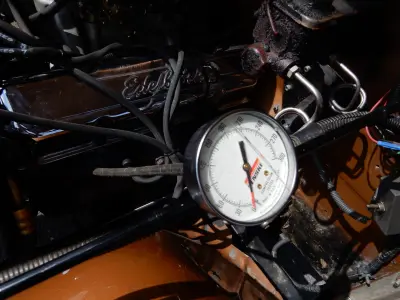

What the Numbers Should Look Like
On a healthy AMC V8, you’re typically looking for compression between 120 and 160 psi, depending on cam, altitude, and wear. But the absolute number matters less than the consistency across cylinders. Ideally, all readings should be within 10–15% of each other. Cold testing will yield lower numbers but like said before, consistency is key.
Here’s the numbers on the jeepfan.com 1978 CJ-5 with the engine warm.
| Cylinder | PSI |
|---|---|
| 1 | 122 |
| 2 | 130 |
| 3 | 136 |
| 4 | 135 |
| 5 | 133 |
| 6 | 128 |
| 7 | 134 |
| 8 | 128 |
That’s a healthy engine. To note: the Jeep’s engine when cold had readings in the 90’s.
If you see something like 160, 158, 30, 159, etc., you’ve got problems. A low cylinder (especially adjacent to another low one) could mean a bad head gasket. If one cylinder reads low and improves with a squirt of oil, suspect worn rings. If it stays low, think valve issues.
Common Compression Gremlins on AMC V8s
- Burnt exhaust valve: One cylinder will be very low and oil won’t help it.
- Worn rings: Low reading improves with oil.
- Wiped cam lobe: Doesn’t affect compression directly, but if a cylinder’s low and you hear a miss, consider checking cam lift.
- Leaky intake gasket: Less common, but can lean out adjacent cylinders and lead to burnt valves over time.
Wrap-Up
Compression testing is like taking your engine’s blood pressure. It’s pretty quick, non-invasive, and tells you more than you’d think. On a vintage Jeep AMC V8, it can help you avoid chasing your tail or confirm that it’s time to crack open the rebuild manual and start ordering parts.
Either way, the gauge doesn’t lie. And sometimes, that’s exactly what you need.




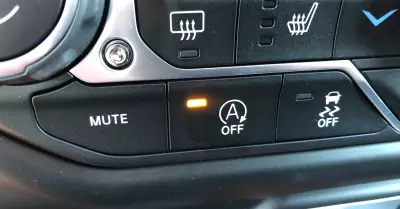
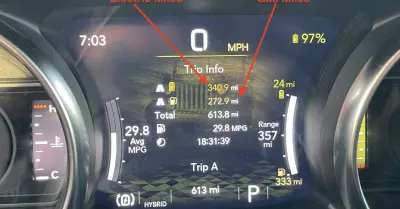
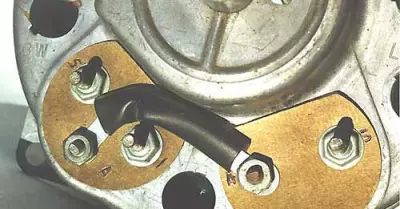
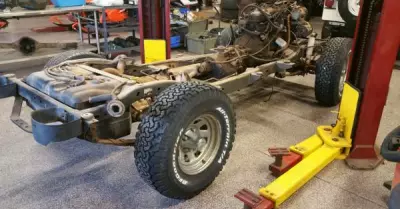

Leave a Reply